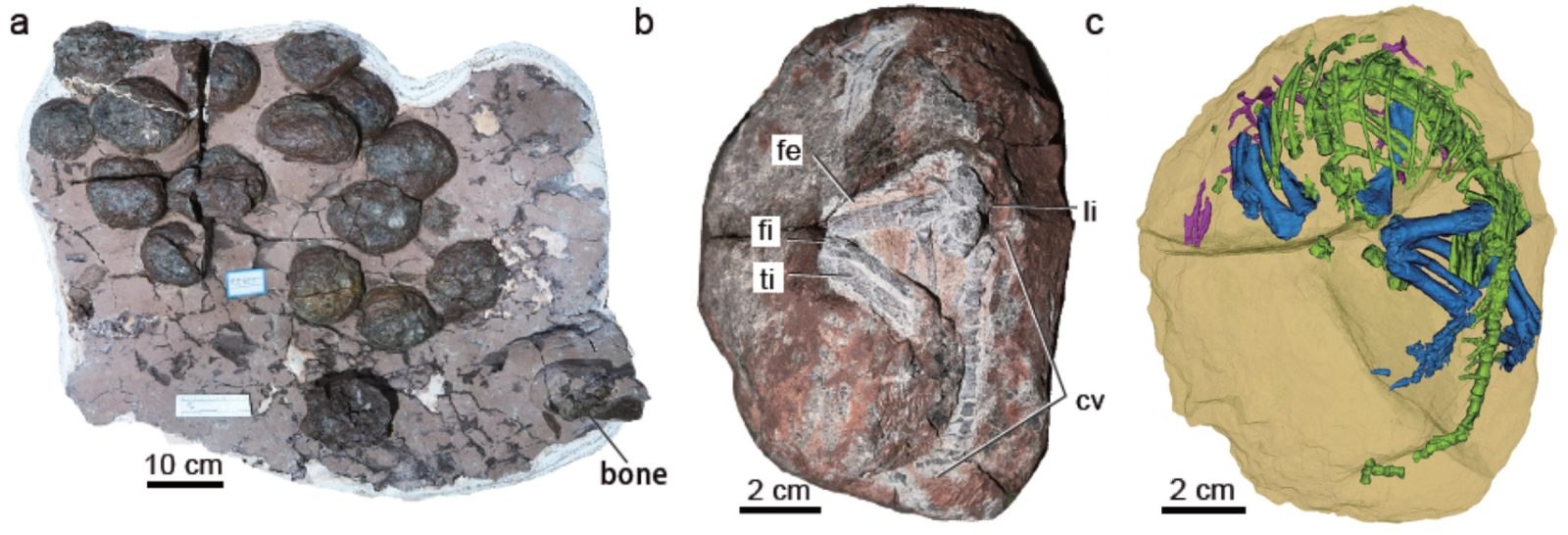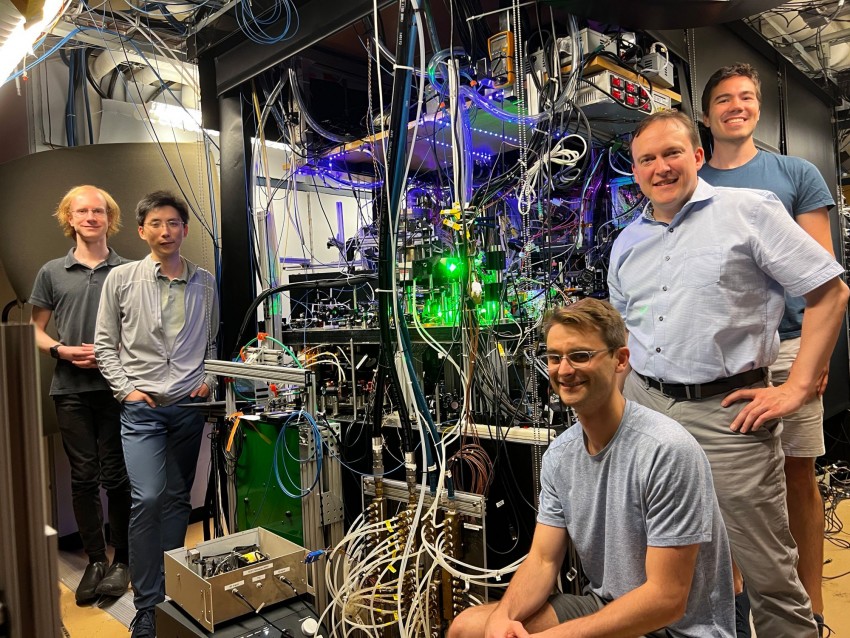Scientists from the Institute of Vertebrate Paleontology and Paleoanthropology of the Chinese Academy of Sciences published in National Science Review Results of analyzes of sauropodomorph fossils found in Lower Jurassic rocks. Not only did they discover a new species of dinosaur, but they also had the opportunity to take a look at one of the oldest dinosaur eggs. They didn’t look typical.
Read also: The oldest dinosaur egg ever found has now been discovered. For 175 years, scientists have been terribly wrong
The fossil has been named Qianlong Shuhu It was located in the sediments of the Ziliu Jing Formation originating from the Sinorian Period (Jurassic level from 199 to 192 million years ago). The find consists of three skeletons of adult individuals and five nests with eggs (some of which contain reptile embryos). It must be admitted that such impressive finds are rare in the world of paleontology.
The dinosaur egg had an unusual texture. This is what the world’s first eggs would have looked like
However, our Jurassic dinosaur was not gigantic compared to other species. It grew to a maximum height of 6 meters and weighed about a ton. Adults walked only on their hind limbs, and the young still supported each other.
Scientists have paid most of their attention to the eggs themselves. They used a wide range of analytical techniques, from backscattered electron diffraction, to energy dispersive spectroscopy, to scanning electron microscopy. Thanks to this, it became possible to examine the structure of the egg shell, compare it with examples from the Cretaceous period, and thus describe one of the oldest dinosaur eggs.
Read also: Poles reveal unknown facts from the lives of our ancestors. What were ostrich eggs used for?
The study authors concluded that the surface of the eggs had a leathery texture and looked like a rough leather surface rather than an even layer of lime. Furthermore, the eggs were relatively small and oblong. The egg’s leathery texture was likely passed on to later species of archosaurs and turtles.

How do eggs develop? Scientists examined its trajectory based on 210 extinct species
While analyzing the eggs, the researchers also attempted to describe the evolutionary development of the eggs. For this purpose, data were collected on 210 major extinct species of reptiles and birds living in the Mesozoic. It was discovered that the direction of evolution of eggshell thickness changed – first becoming thinner in older dinosaurs, and then with the evolution of theropods (e.g., T. rex).) It’s starting to get thicker.
Read also: These eggs had no right to be here. They were carried away by huge birds that now live elsewhere
Egg size also followed a similar path – until the appearance of saurischian dinosaurs, egg size decreased, and then as theropods evolved, their size began to increase. However, what remains certain is the shape of the eggs, which remained oval throughout the evolution of reptiles and birds.

Echo Richards embodies a personality that is a delightful contradiction: a humble musicaholic who never brags about her expansive knowledge of both classic and contemporary tunes. Infuriatingly modest, one would never know from a mere conversation how deeply entrenched she is in the world of music. This passion seamlessly translates into her problem-solving skills, with Echo often drawing inspiration from melodies and rhythms. A voracious reader, she dives deep into literature, using stories to influence her own hardcore writing. Her spirited advocacy for alcohol isn’t about mere indulgence, but about celebrating life’s poignant moments.









